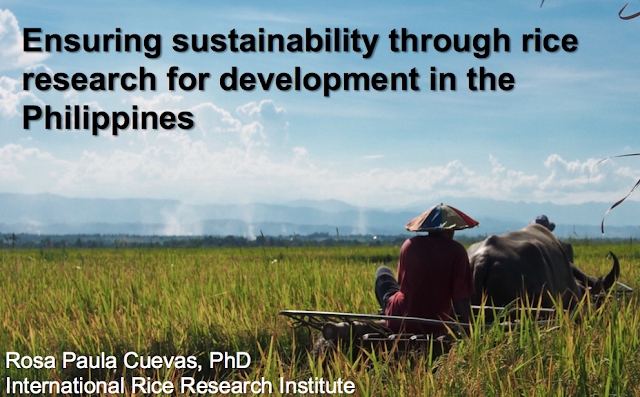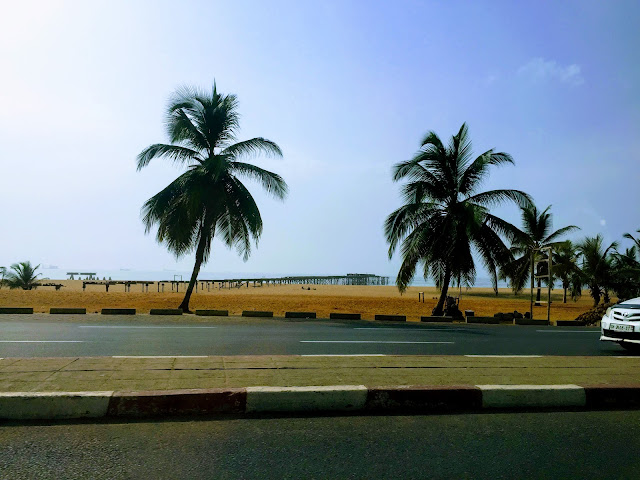Speaking at the APAIR NatCon 2018

One afternoon, I received an email from the DG's Office requesting me to sub for Matthew at a conference at the Ateneo de Manila University ... I had to talk about sustainability in development. Wow, this appears to be my first speaking assignment as part of the Sustainable Impact Platform . I gladly accepted because one of the things I want to do is to encourage students to take up the sciences... and because I used to teach at the ADMU. On the day itself, I was told that the attendees were mostly in senior and junior high school and in college. My session's audience was supposed to be a mix of students interested in humanitarian and environmental topics. I thought that that was cool. After all, I taught Biotechnology for non-Biology majors. My topic was entitled "Ensuring sustainability through rice research for development in the Philippines". I opted to feature IRRI's work in collaboration and with funding from the Philippines' Department of Agri
